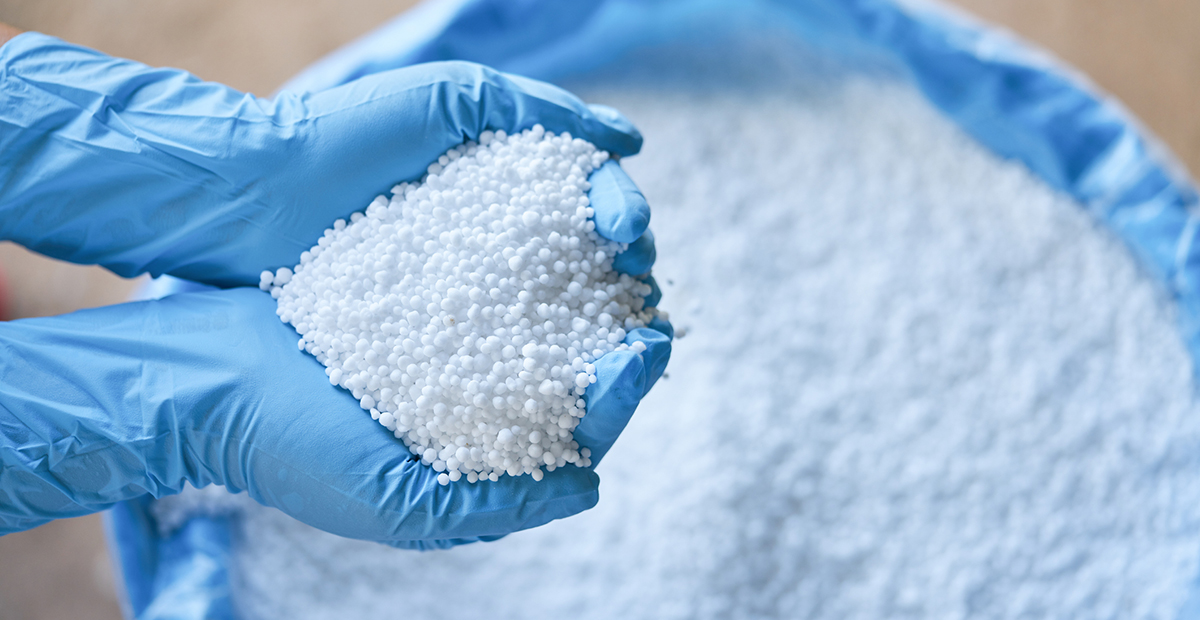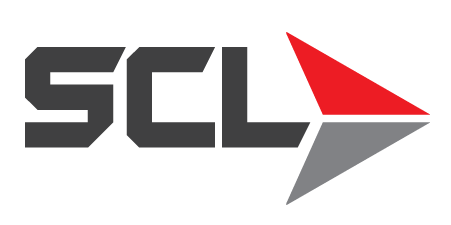Prilled Urea Versus Liquid – How Different Forms Affect DEF Cost

Prilled Urea Versus Liquid
Liquid Urea vs Prill Form and the Cost of DEF
When it comes to the manufacture of diesel exhaust fluid, or DEF, whether the urea content begins in liquid solution or solid prill form can impact the cost of manufacture and ultimately the price of the finished product. DEF is an aqueous solution that is considered to be non-hazardous, and is comprised of 32.5% urea and 67.5% de-ionized water. It is added to selective catalytic reduction (SCR) systems within diesel engines made in or after 2010. In this article we spoke with our SCL Proud Partner, Robert Santich of Top!Blue DEF about how DEF is manufactured with prilled urea versus liquid depending on a constellation of circumstances that can affect the global urea market: the cost of shipping from country of origin, handling costs, manufacturing costs, and tariffs. For the end user of DEF, the ultimate cost of the product will depend upon the cost of getting urea to the manufacturer, the cost of shipping the urea from the country of origin to the point of entry within the US, and the cost of delivering the finished product.
State Change – Prilled Urea Versus Liquid Urea
For high quality DEF intended for use in an SCR diesel system, the urea is ultimately going to have to be solutionized into a liquid form from a solid prill or granular state. Prill or granular urea is a small aggregate that often comes in the form of a dry sphere or oval shape. It is urea that has been dehydrated and pelletized from a melted liquid and is easier and more cost effective to transport due to the elimination of water weight. Prilled urea is often the form of lower urea concentrations found in nitrogen-rich fertilizers. Higher quality DEF-grade prilled urea is a low biuret, aldehyde-low micro-prill that meets specific ISO 22241 specifications for the production of DEF. If you are shipping a dry product, your cost will be less. When shipping a product in liquid form, your cost will be higher because the product is heavier. Some costs will also be offset by the manufacture being able to blend down a 50% urea concentrate to the 32.5% required for DEF.
How Form Changes Cost
In general, prilled urea versus liquid urea is going to be more cost effective since in the solid form you have eliminated the cost of excessive water weight. Liquid urea costs more to transport because of that reason, but even in prill form, it currently costs a significant amount to transport when you consider that the United State’s primary importer of urea is China. Due to the rising cost of sea transportation and our current trade climate with the Chinese government with 10%+ tariffs on all urea imports, the cost has gone up dramatically in the past year. The fact that China has greatly reduced its urea manufacture, coupled with the Paris Climate Accord has also greatly reduced the availability of urea as a commodity, making prices go up and creating a market environment of high demand and scarcity.
An Ideal Market for US Urea and DEF Manufacture
Ideally, President Trump’s trade agreements with China will reach resolution in the near future, with the 10%+ tariff on urea being lifted. This will allow for greater importation from China to satisfy urea and DEF needs for the US west coast producers, blenders and solutionizers. By importing DEF-grade urea directly from China to this part of the country, a more cost effective means of obtaining urea and producing DEF will be possible for manufactures and end users. However, there are no indications that such trade conditions are on the horizon at this time. With the unfavorable US/Chinese trade situation and China minimizing its urea manufacturing to curb pollution in urban areas, other countries such as Russia, Saudi Arabia and Indonesia are moving in on the action to make a play for the urea market. Says Santich, “Russia is coming on strong, very much capitalizing on the situation with China and the global demand for urea. Prior to the deficit, Russia was selling urea at roughly $200 per metric ton and now they’re selling it at roughly $500 per metric ton. They are definitely making a lot of money in this arena.”
The Bottom Line
Says Santich, “It is tough to say whether prilled urea versus liquid is a more cost effective option for DEF manufacturers and distributors because the metrics that go into making that conclusion are all over the place. In the end, a preference over prilled urea versus liquid all comes down to supply, tariffs and the cost of shipping.” As other countries come online with urea production and DEF manufacture, the US may see relief in price by the end of the year. This, however, is dependent upon the quality of their product and how long their learning curve is to produce DEF-grade urea that meets necessary ISO 22241 specifications. Cheaper does not always equal sufficient quality. Buying less expensive urea may cause problems in your SCR system. Low quality urea has a higher value of aldehyde and is not as free flowing. It requires anti-caking additives, which can be gummy, sticking to the inside of your SCR. This low quality urea can leave a residual film that will impact the life of your system, so prioritizing higher quality is always best. Says Santich, “These new countries don’t have the expertise to produce Top!Blue quality. They’re taking agricultural urea and trying to make it fit DEF grade because it commands a higher price. Their facilities are not built for it, but they’re trying to see if they can fill that niche. That’s where you get cheap prices, and the end user ultimately pays the price. The allure of cheap prices is quickly diminished by replacing an SCR system, taking its lifespan from 10-12 years down to 5-6 years and costing $13-$15k for replacement.”
Contact an SCL Consultant Today
In a wide range of industrial sectors, SCL is committed to being the number one logistics and solutions provider for the products that protect and optimize the machines that keep our country moving. We pride ourselves on remaining at the forefront of industry trends and technological innovations, and as the market continues to evolve, we are committed to providing extensive product and industry knowledge and total performance satisfaction for our customers. For information on how we can assist your fleet in choosing the optimal products at a competitive price, contact an SCL consultant today.
